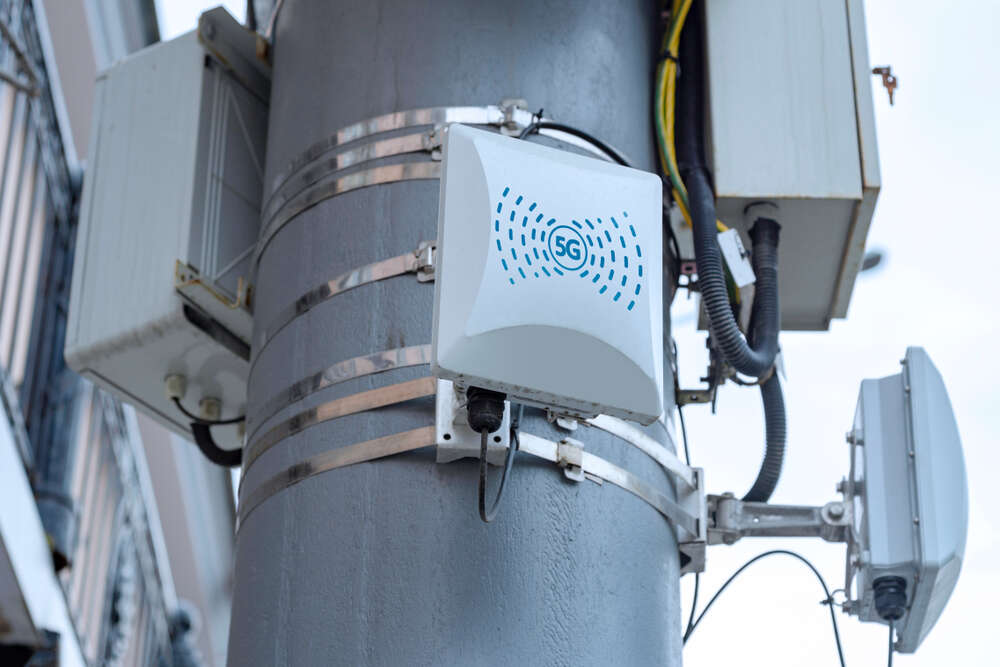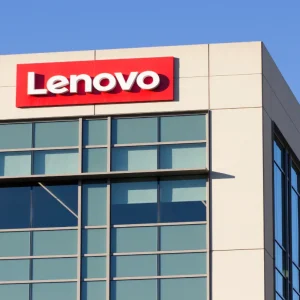
BT is testing a new technology known as C-RAN that allows for 5G masts to be embedded in existing street furniture such as lampposts and CCTV. The company says it will give mobile providers more flexibility over the deployment of the next-generation networks.

BT’s wholesale division is leading the new trial, with the first roll-out happening in Leeds in partnership with the local authority. It will “enhance coverage and connectivity for those visiting, working or living in Leeds and serve as a proof of concept for future developments,” BT said.
C-RAN can be fitted to a wider range of units than traditional 5G masts thanks to its use of cloud computing technology, moving processing away from the actual signal and making it smaller.
The infrastructure has been installed at key locations in the city centre, with customers on the EE or Three networks able to connect to those access points. BT will use the data generated about network stability and reliability in the area to work out how future schemes might work.
While 5G is available in many towns and cities, with about 50% of the UK population able to access the network, roll-out is slow with some areas struggling to meet demand in city centres.
The UK government has pumped £110m in 5G and 6G research to both speed up the roll-out and improve the quality of the network. This is in addition to corporate projects and tools like C-RAN.
What is C-RAN for 5G?
Also known as Centralised-RAN, the network architecture is a real-time cloud radio access network that uses cloud computing to achieve dynamic shared resource allocation, enabling more than one vendor to more easily share the single access point.
It isn’t an entirely new technology but this is the first trial deployment in the UK. Where a traditional network includes many standalone base stations, each providing coverage for a small area, a C-RAN uses cloud computing to deploy large-scale centralised networks with cheaper base stations.
This is ideal for a crowded city centre where finding space for traditional masts may prove both difficult and expensive.
Alex Tempest, managing director for BT Wholesale, said in a statement that the technology “highlight’s BT’s commitment to delivering innovative solutions that benefit residents, businesses and visitors.”
“This trial represents another step in transforming connectivity for the future and will help us better understand how 5G can best be delivered to meet the demands of the country,” he declared.
When fully deployed the new embedded network access points will speed up the 5G network and make it more reliable. BT says this could also provide a new platform the city can use to roll out other community and business projects and developments.
The ideas suggested for use include virtual classrooms, providing access to resources outside of the traditional school environment for people without broadband access, as well as more widespread air quality and pollution monitoring within the city.






